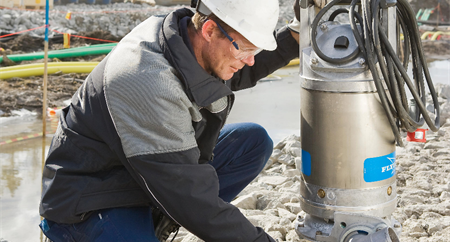Managers at wastewater treatment plants should ensure that employees know the recommended safety measures before handling wastewater equipment supplies. Plant managers are both responsible for preventing health hazards and harm to the public and protecting their employees. This can be a daunting task in any plant, but for wastewater treatment plant managers, they have to do it surrounded by sewage.
Standard safety requirements
Proper maintenance of equipment and machinery is necessary. If your equipment or machines fail, not only is it unsafe, but your wastewater treatment facility is down for the count. You shouldn’t think of your maintenance staff as your repairmen. Instead, think of them as professionals who prevent repairs. The best wastewater treatment plant repair is done before something goes wrong. This reduces the safety hazards that arise when equipment breaks down or malfunctions.
You need to work together with your wastewater equipment suppliers to ensure proper maintenance of your equipment. Proper maintenance requires planning and organising. All electrical systems and pipes must be well-labelled. This includes identifying outlet and intake pipes and any other equipment that presents a flash hazard. If employees must perform repairs near live equipment, you should ensure that they have the appropriate protective gear and tools and know-how to use them.
Your employees are required to work on catwalks that are high above open pits. This means that you should ensure that all railings are adequate to prevent falls. Fall protection is required for projects 6 feet above the ground or below the ground if employees must perform their work in unguarded areas.
When dealing with wastewater equipment supplies, employees should follow the guidelines set by OSHA. Confined places are places that an employee can enter and have restricted entry or exist and they aren’t designed for continuous work. It is therefore important to place warnings in any hazard zones.




